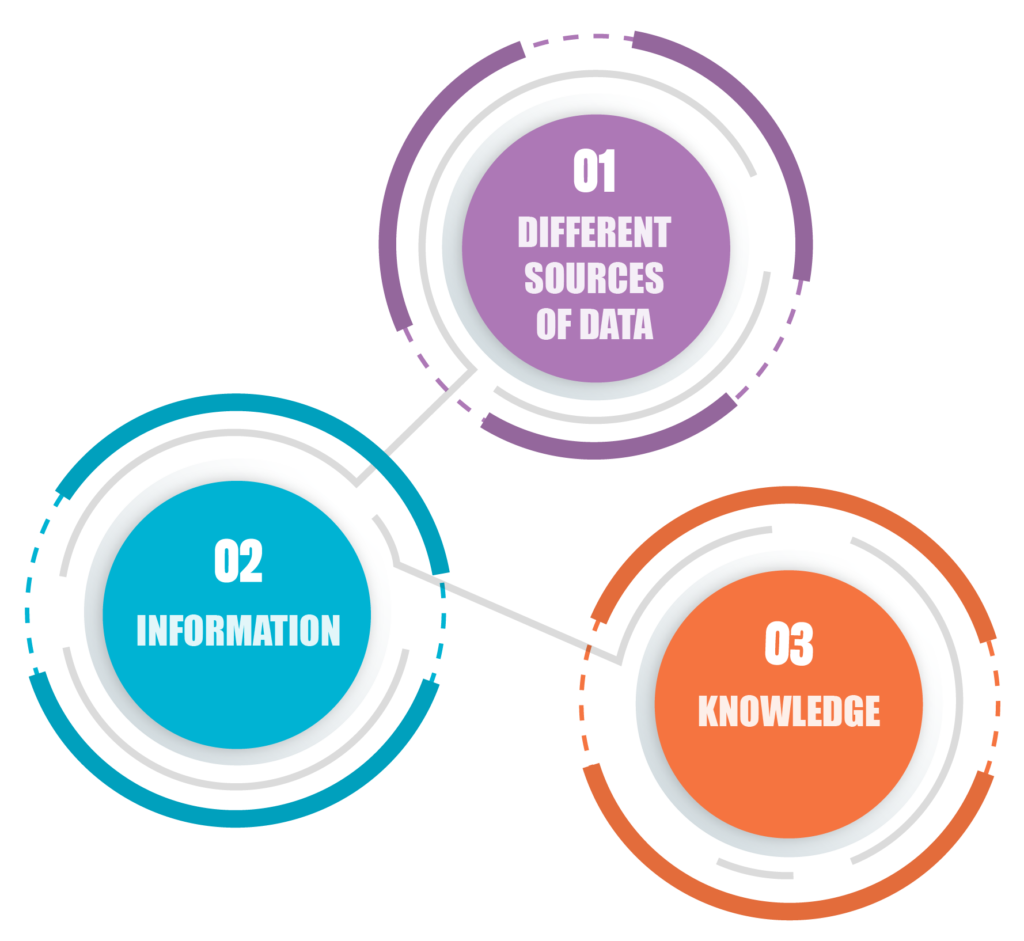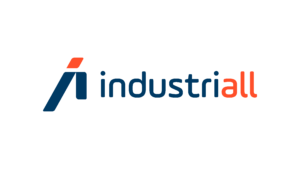PIMS: definition and principles
In the Industry 4.0 scenario it is essential to have systems and tools that help organize the information. Using a Plant Information Management System (PIMS) becomes a strategic and necessary move.
In an industry that has a continuous production process, countless data is generated all the time. And since the data is collected from different sources, having a single storage system is very important.
In order to organize and access historical and up to date data, perform comparisons and understand indicators, PIMS is very useful.
In this article you will understand the basics about PIMS and how it can benefit your industrial operation. Likewise, the challenges are pointed out and discussed, as well as a practical conclusion on the application of it in industry 4.0.
What is a PIMS?
To understand the definition of a PIMS, one has to imagine the current industrial environment that provides data from different sources. All these data need to be stored, accessed and evaluated easily.
The PIMS is a solution that manages all data generated from the system integration, as well as storage and availability of this data in several formats.
In this way it is possible to have a global understanding of an industrial plant and to put together data from completely different origins, but that connect to each other for key performance indicator (KPI) evaluation, production planning and business strategies.

By using a PIMS it is possible to have the information stored in the format of tables, graphs and other visual tools, which becomes very useful in an industrial routine with deadlines and target assessments every day, or even in different work shifts.
With data stored in a single PIMS system, they can be transformed into quality information and used intelligently and strategically to acquire knowledge about macro issues such as the production process in general or more specific processes within a production line.
Reasons to use a Plant Information Management System
There are several benefits and advantages when using a PIMS to manage all the data and information collected in an industry. As already mentioned, for industrial processes that happen continuously, it becomes even more important, since different people work in the factory every day and the data is generated constantly.
Thus, it is possible to guarantee that this data is collected, which is available for use when necessary for evaluations and decision making regarding failures or improvement of the process as a whole.
With the lack of a system to manage all this, it becomes unfeasible to use data strategically to bring insights and innovation ideas.
The three main benefits of using PIMS are:
1. Strategic knowledge and anticipation of trends
There is no doubt that the big reason to use a PIMS in the information management of an industry is precisely this ability to put together data from the different areas and processes inside the company.
In this way, it is possible to obtain strategic knowledge and to anticipate events and trends, since equipment and whole production lines demonstrate different signals before presenting some failure for example.
So, by having systems connected to the Internet of Things, your industry is one step ahead in the implementation of industry 4.0 and seeing the results of these initiatives on a daily basis.
2. Intelligent and Agile Decisions
With the system you can use business intelligence strategies to gain valuable insight about your processes.
Considering a continuous process industry or even minor companies, errors, failures or unexpected downtimes hinder the progress of the manufacturing process and generate both small and great losses to companies.
Thinking about this, to understand the qualified information that comes down to the managers, and turning them into knowledge for decision making is another great advantage of using a PIMS.
3. Access to strategic data from the past
The third great benefit of using Plant Information Management Systems is to be able to access all data from different periods of time, to make comparisons, to create and analyze reports, and to be truly strategic with the information that is available.
Managers often look for answers in conversations with operators, case studies or comparing their local operations with the situation in other factories of the same group.
However, it is possible to obtain all the information (with much more quality and reliability) within the production process itself. In order to achieve this, using the right tools, having the necessary organization and well-defined processes, ensure results and productivity for the business.
Difficulties in working with PIMS
Even with a lot of benefits and advantages, some challenges happen when using a PIMS.
Imagine your industry today using a system that allows you to collect and store data from different sources to be used strategically for your business.
Does your reality today allow this integration of systems, especially with a management system?
We list below the major challenges faced by industries. They can be solved if well managed, though:
1. To integrate different tools and departments
Constantly, lack in communication is pointed out as a problem in companies. Different processes, managers and goals end up making it difficult to talk, meet, align ideas and prioritize activities.
Thus, this difficulty ends up being seen when a new tool is used. Different departments need to work together so that information is better used in the different tools and systems available, which finally result in greater productivity for industries.
2. Problems to avoid waste and loss
With the use of a PIMS, entire teams and production processes have the opportunity to grow and achieve greater and better results.
For this to actually happen, one must use the knowledge provided by the data and be truly strategic.
However, when it’s time to transform theory into practice, managers end up having difficulties to include this type of activity in the routine, which damages the expected final result.
3. To define goals and track results
In order to have a really efficient and productive industry, it is necessary, in addition to setting the goals, to monitor the KPIs.
In order to have the goals definition according to the new operational reality of the industry, one must be assertive and strategic, and try to understand what the expected results are when using a Plant Information Management System.
Then, by monitoring the results, it is possible to draw conclusions about the efficiency of the tools used, and to understand the best ways to follow for the next period of activities (in a month, a quarter or even in a semester from the present).
PIMS in Industry 4.0
As you could see, when using a PIMS, several Industry 4.0 pillars start to be used. The definition of industry 4.0 explains that today factories connected by the Internet of Things, with autonomous and intelligent systems are the reality and future of the industries.
In this way, it is necessary to plan and organize when adapting entire production processes for it.
Considering that the implementation of the different pillars is in line with expectations, that the generated data is stored correctly and the systems are connected, extremely positive results can be seen.
However, if there is no defined action plan in use, challenges may arise.
Do you already use a Plant Information Management System (PIMS) in your industry? Share your experience about using data strategically in the comments below!
← Voltar para o blog
